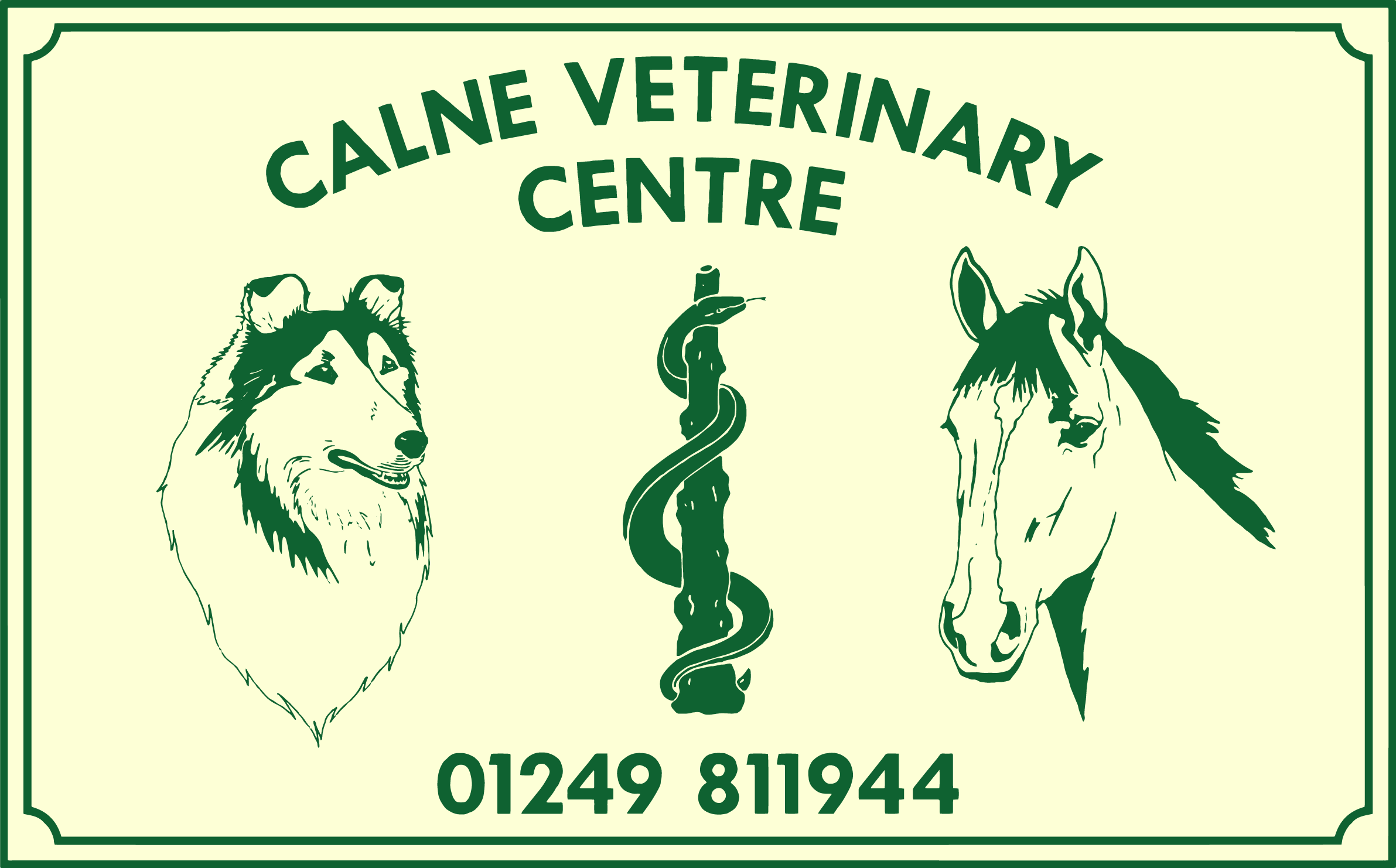Common problems in Dogs
CALL 01249 811 944
Do you require a vet for your dog urgently?
Definition
Atopic means ‘allergic’, and dermatitis means ‘inflammation of the skin’.
It is a relatively common chronic itchy skin disease in dogs.
It occurs when the dog’s immune system reacts abnormally to allergens in the environment.
Allergens: House dust mites, Storage mites, Pollen, Mould, Insects and Skin surface microbes (bacteria or yeast)
Symptoms: Itching, Scratch marks, Redness & Discolouration of the skin, Skin thickening, Self-induced hair loss.
These symptoms can be limited to a few areas of the body such as feet and ears or widespread over the dog’s body.
Atopic dermatitis is a recurrent disease that usually requires lifelong therapy.
Causes
There are thought to be a number of factors involved in atopic dermatitis.
In some breeds an inherited, genetic factor is suspected predisposing them to developing atopic dermatitis.
These breeds include: West Highland White Terriers, Cairn Terriers, Bull Terriers, Bulldogs, Setters, Shar Pei’s, German Shepherds, Boxers, Dalmatians and Retrievers.
Secondary skin infections are common in dogs with atopic dermatitis. These are believed to worsen symptoms and contribute to the level of itch.
Diagnosis
Most dogs first develop signs of atopic dermatitis between the ages of 6 months and 3 years.
It is common for the disease to begin as a seasonal condition and progress to a year-round problem over time.
Diagnosing atopic dermatitis in dogs is based on exclusion of other disorders; symptoms such as itching, scratching and hair loss can have other causes, including:
- Ectoparasites such as fleas, mites and lice
- Flea Allergic Dermatitis
- Food allergy
- Bacterial or fungal skin infection
Many dogs with atopic dermatitis are also allergic to fleas. So whether they’re the cause of the problem, or contributing to it, fleas need to be dealt with first.
Treatments
Atopic Dermatitis is a complex, incurable disease and often multiple treatments are used together to provide effective lifelong control of symptoms. Using multiple treatments together helps to minimize the side effects of each individual treatment.
- Food supplements
- Antibiotics
- Topical therapies
- Immunotherapy (vaccinations)
- Apoquel
- Atopica
- Steroids
We will discuss with you each of these treatments and which would be best for your pet.
Long-Term Management
There is no cure for atopic dermatitis in dogs, however, with commitment, it can be successfully managed.
It is important that advice from your veterinary surgeon is followed and that medication is given correctly, any changes should be made in consultation with your vet – it can be tempting to stop medication when the symptoms stop but they will only return.
It is also important to treat regularly for fleas as even if your dog is not specifically allergic to them as they can damage the skin causing flare-ups in the condition.
Most of the allergens are ubiquitous (everywhere) to the environment and thus can be difficult to avoid, however, the levels of these allergens can be reduced for example:
- Keep pet out of bedroom
- By regular vacuuming the house (use filtered vacuum cleaner)
- Avoid stuffed toys – or place them in deep freeze for 24 hours once a month to kill mites
- Washing bedding (including the dogs bed and soft toys) in hot water (>70°)
- Use environmental flea control
- Storing dry food in smaller quantities outside to reduce storage mites
- Rinse dog off after walking through vegetation
- Avoid areas of long grass or high pollen counts
We have diagnosed your dog with heart disease.
What is heart disease?
There are several types of heart disease in dogs, the most common forms causing either damage to the heart valves or a weakness in the heart muscle.
These are often diagnosed by detecting a murmur or irregular rhythm using a stethoscope in addition to using a variety of other diagnostic equipment.
What is heart failure?
In the early stages of the disease, the heart may still be able to effectively pump blood around the body but as the condition progresses, its efficiency can decline resulting in symptoms of ‘heart failure’ such as general weakness.
Heart failure does not necessarily mean the heart is about to stop, it simply means the disease has got to a stage where the heart needs extra help, in the form of medication to supply adequate blood to the body tissues.
NOTE: The typical ‘heart attack’ seen in humans due to coronary disease is fairly rare in dogs whose heart function tends to decline more slowly.
TREATING HEART DISEASE
It is very important to realise that any medication prescribed is not going to ‘cure’ the underlying heart disease. Our main goals of treatment are to help the heart function better with the disease and hence improve your dog’s quality of life.
As an owner, you will play a vital role in achieving this, not only be ensuring that the prescribed medication is given at the appropriate times but also by monitoring your dog’s symptoms and bringing him or her to us for both routine visits or when a problem occurs. Frequent visits allow us to keep assessing your dog’s condition.
How to monitor your dog’s condition at home?
There are a variety of symptoms associated with heart failure, the most common of which are listed below. Symptoms in bold require emergency attention but if you notice a worsening in any of the other signs you should contact us immediately.
FAST AND/OR LABOURED BREATHING EVEN WHEN RESTING
FAINTING OR COLLAPSING EPISODES
DEVELOPMENT OF A POT BELLY OR SWOLLEN LIMBS
- Reduced energy/less willing to exercise
- Weight loss, reduced appetite, excessive panting, coughing
